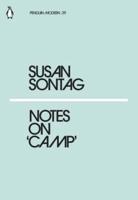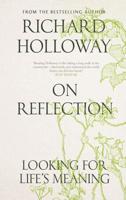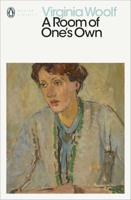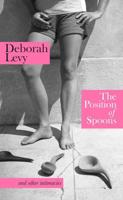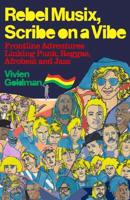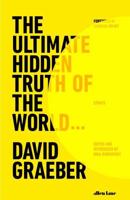Publisher's Synopsis
The central theme of Deok-Gi Lim's essay collection Homing Instinct is the concept of going back home. The work explores the homing instincts of salmon, sea turtles, and humans, while also expressing nostalgia for childhood. This underlying theme is deeply embedded in the author's writing.
The first form of returning is the longing for the intimate relationships of childhood, which frequently appears in episodic reflections throughout the work. In particular, memories of the author's mother are portrayed with deep affection. The second form of returning is the nostalgic depiction of the author's childhood home and its surroundings, which are described in vivid detail, transporting readers back to their own memories.
The author writes, 'The view of the cabbage field and yellow cabbage flowers seen through the side door occasionally revives like a framed painting. Whenever I face difficulties, that scene unconsciously comes to mind and soothes my heart.' This suggests that the author's hometown serves as an inner querencia, a place of emotional refuge that offers comfort and healing.
The second form of going back home expands to a return to nature. The author's deep affection for nature is evident throughout the work, accompanied by rich descriptions of natural elements, academic reflections, and concerns over environmental destruction. In Even a Stone Should be in Its Original Place, the author states, 'Our ancestors built thatched-roof houses in harmony with nature without destroying it, bringing nature into their yards and living alongside it.' The author disagrees the artificial displacement of stones to create streams, arguing that such actions disrupt the landscape rather than enhance it. The words of environmental activist Hundertwasser-"You are a guest in nature. Show some respect."-serve as a thought-provoking reminder.
Deok-Gi Lim's writing is precise and vividly descriptive, allowing readers to visualize scenes as they read. In Drawing a Bird's-Eye View, the author captures birds' behaviors through keen observations, helping readers long to seek out those birds in the spring.



